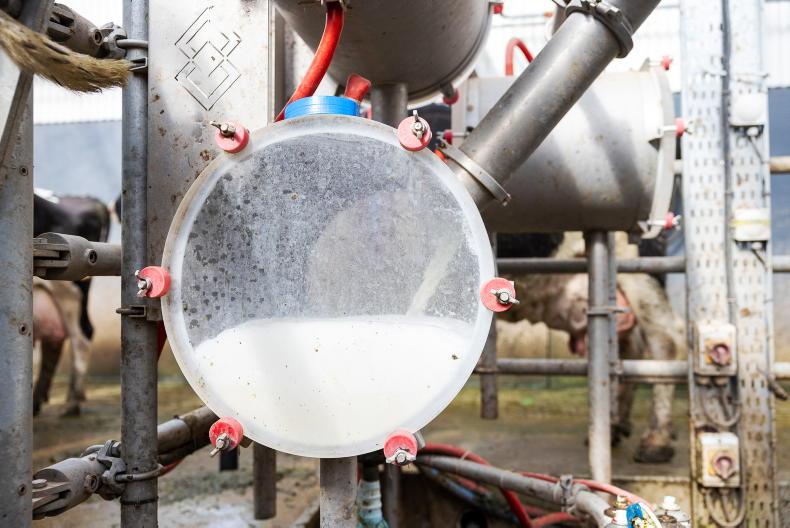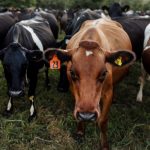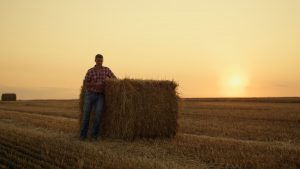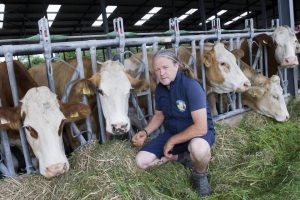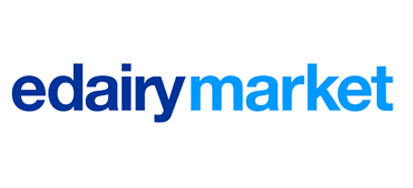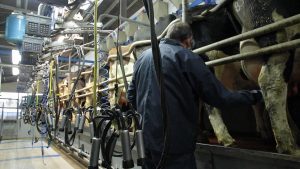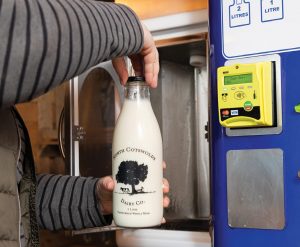Increasing milk production, weak Chinese demand, slowing economic growth, trade tensions and high Oceania whole milk powder prices were all cited as serious concerns by the bank.
The current dairy market strength is not sustainable, RaboBank has warned in its latest report on the sector.
However, Rabobank is not forecasting a collapse in dairy commodity prices, but a cooling of the market as part of what it describes as a “natural correction”.
“We anticipate downside risks emerging in the second half of the year, driven by expanding supply and demand uncertainty,” said global dairy strategist at RaboResearch (Rabobank’s research arm) Mary Ledman.
“However, rather than a sharp downturn, we expect a recalibration from recent multi-year highs – a natural correction following a period of strong performance,” she added.
Increasing milk production, weak Chinese demand, slowing economic growth, trade tensions and high Oceania whole milk powder prices were all cited as serious concerns in a report by RaboResearch.
Challenging
“Dairy companies and downstream multinational consumer packaged goods companies will find it challenging to pass on higher dairy costs to consumers still grappling with post-COVID inflation,” said Ledman.
In many economies, consumer sentiment has waned amid weak and uncertain global economic conditions, Ledman maintained.
“A number of factors are weighing on the demand outlook. These include near-record-low consumer confidence in the US, troubling indicators of economic struggles in China and declining sales data from restaurants and consumer packaged goods companies across many regions,” the RaboResearch analyst added.
Ongoing trade tensions and tariff volatility are identified by Ledman as further key risks to the trade in dairy commodities.
“Global trade conflicts remain elevated, with volatility and rapidly changing tariffs emerging weekly. These factors are influencing global dairy trade flows,” she said.
Milk production grew by just 0.5% year on year across the main exporting regions in Q1, the RaboResearch report noted.
However, production growth is forecast to accelerate to 1.1% in Q2 and 1.4% in Q3 – the strongest quarterly increase since early 2021 – driven by growth in the US, EU and South America.
RaboResearch forecasts that milk production from the main milk-producing regions in 2025 will grow to 326.7m metric tonnes, an increase of 1% year on year or 3.2 million metric tonnes. This is the highest annual volume gain since 2020.

